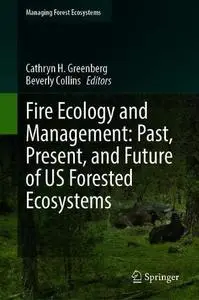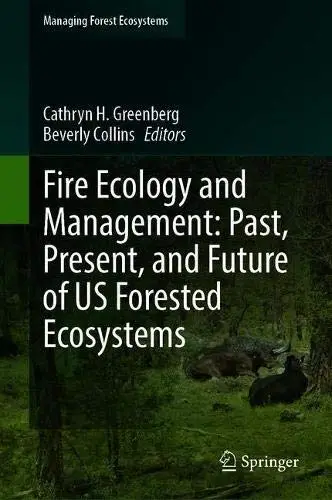Fire Ecology and Management: Past, Present, and Future of US Forested Ecosystems by Cathryn H. Greenberg
English | PDF,EPUB | 2021 | 513 Pages | ISBN : 3030732665 | 69 MB
This edited volume presents original scientific research and knowledge synthesis covering the past, present, and potential future fire ecology of major US forest types, with implications for forest management in a changing climate. The editors and authors highlight broad patterns among ecoregions and forest types, as well as detailed information for individual ecoregions, for fire frequencies and severities, fire effects on tree mortality and regeneration, and levels of fire-dependency by plant and animal communities.
The foreword addresses emerging ecological and fire management challenges for forests, in relation to sustainable development goals as highlighted in recent government reports. An introductory chapter highlights patterns of variation in frequencies, severities, scales, and spatial patterns of fire across ecoregions and among forested ecosystems across the US in relation to climate, fuels, topography and soils, ignition sources (lightning or anthropogenic), and vegetation. Separate chapters by respected experts delve into the fire ecology of major forest types within US ecoregions, with a focus on the level of plant and animal fire-dependency, and the role of fire in maintaining forest composition and structure. The regional chapters also include discussion of historic natural (lightning-ignited) and anthropogenic (Native American; settlers) fire regimes, current fire regimes as influenced by recent decades of fire suppression and land use history, and fire management in relation to ecosystem integrity and restoration, wildfire threat, and climate change. The summary chapter combines the major points of each chapter, in a synthesis of US-wide fire ecology and forest management into the future.
This book provides current, organized, readily accessible information for the conservation community, land managers, scientists, students and educators, and others interested in how fire behaviour and effects on structure and composition differ among ecoregions and forest types, and what that means for forest management today and in the future.



